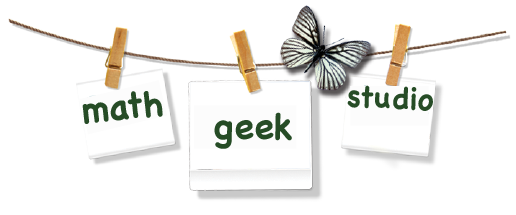This project took place in the school year 2001-2002. After returning from NASA, I did several scientific projects with my students. These students are now in their freshman year in college. As a teacher, I am so very proud of their accomplishments! I am sharing with you a little bit of what took place on that super day.
Crater Mania Project
This is the surface of the moon.

Students working on measuring the width and depth in centimeters of different size of craters.
The height to which the meteorite will fall. Students try at different heights and speeds to drop the meteorite.
The top of the surface was green to see how the impact of the meteorite forms the rays.
Students wrote the length, diameter, and height of the impact of the meteorite after it hit the surface. One of these students is currently studying to be an Engineer
Students discuss the process and results.
Students learn how craters are formed and use math skills to discover the process.
One of these students was the top 10% of her high school graduating class of 2009!
Reflection: What would I do different if I taught this lesson again?
I would show a short power point presentation of the actual moon and its many craters. If time allowed, I would let each group share their results with the entire class.










